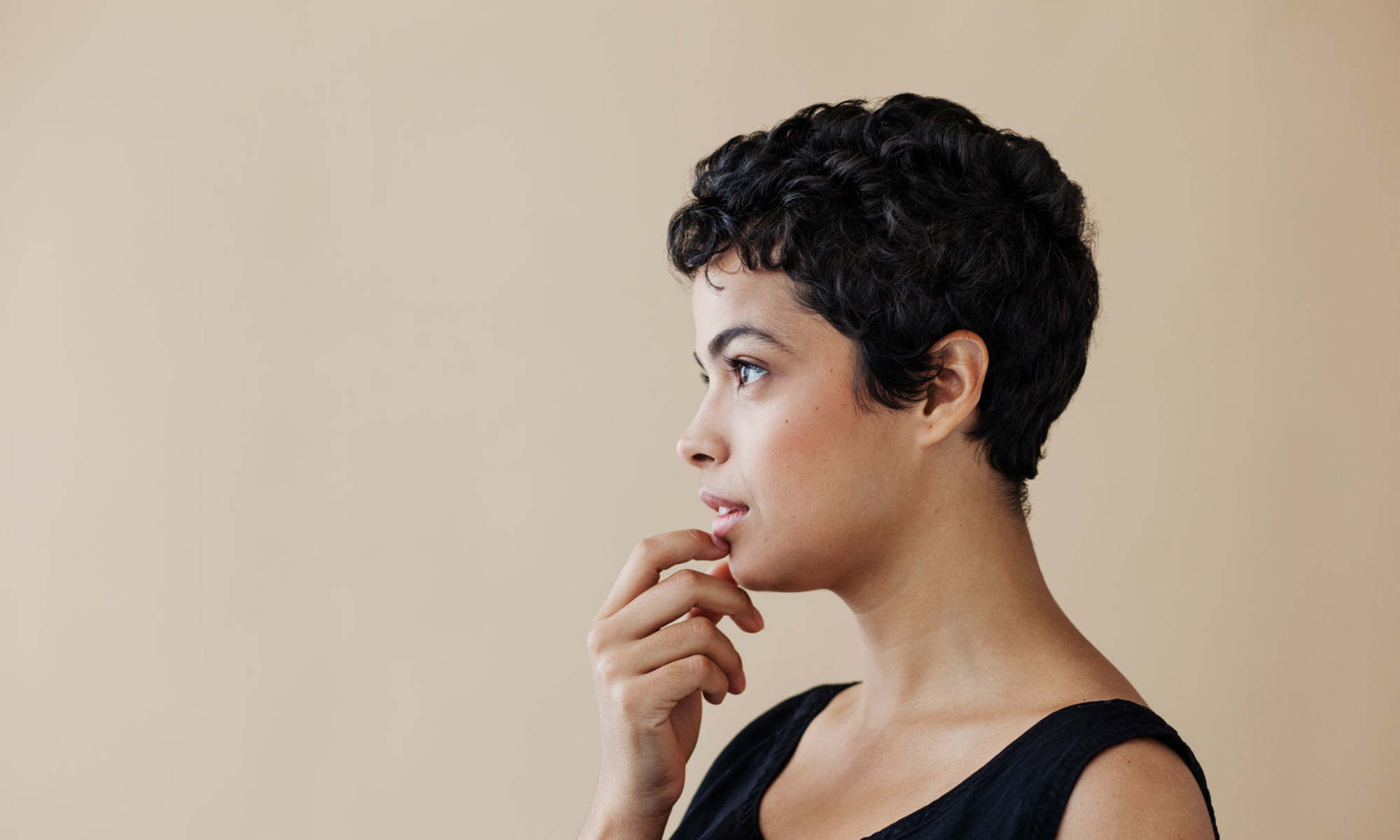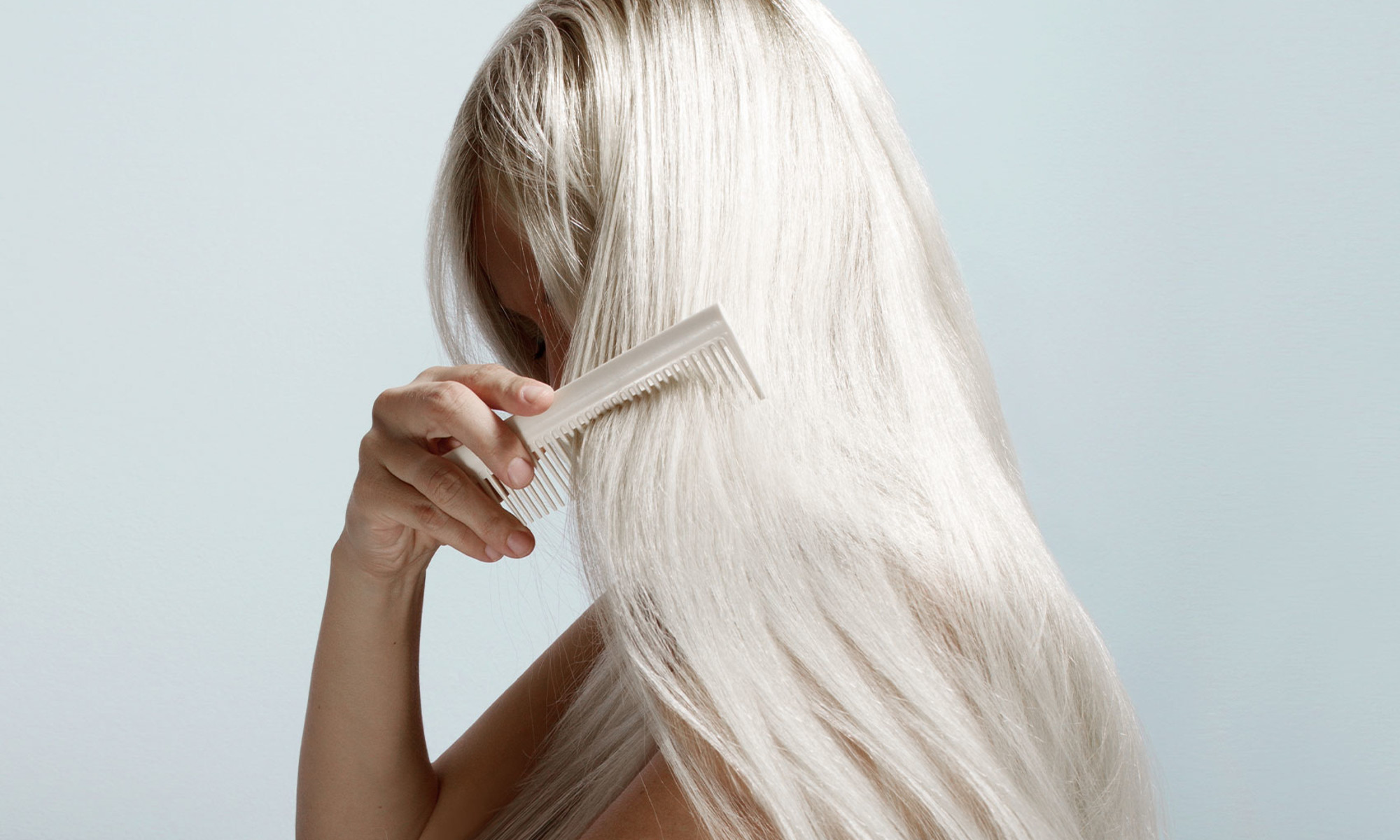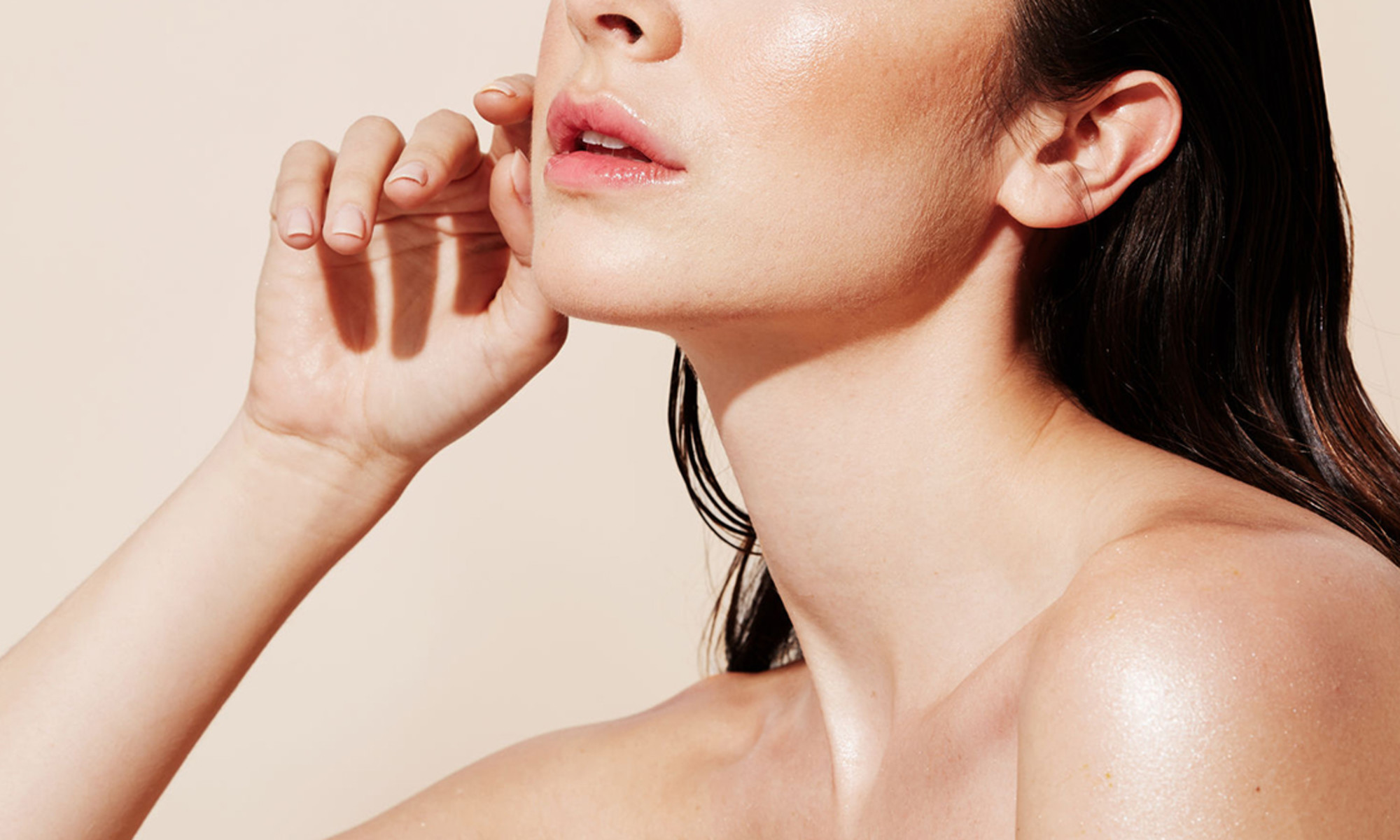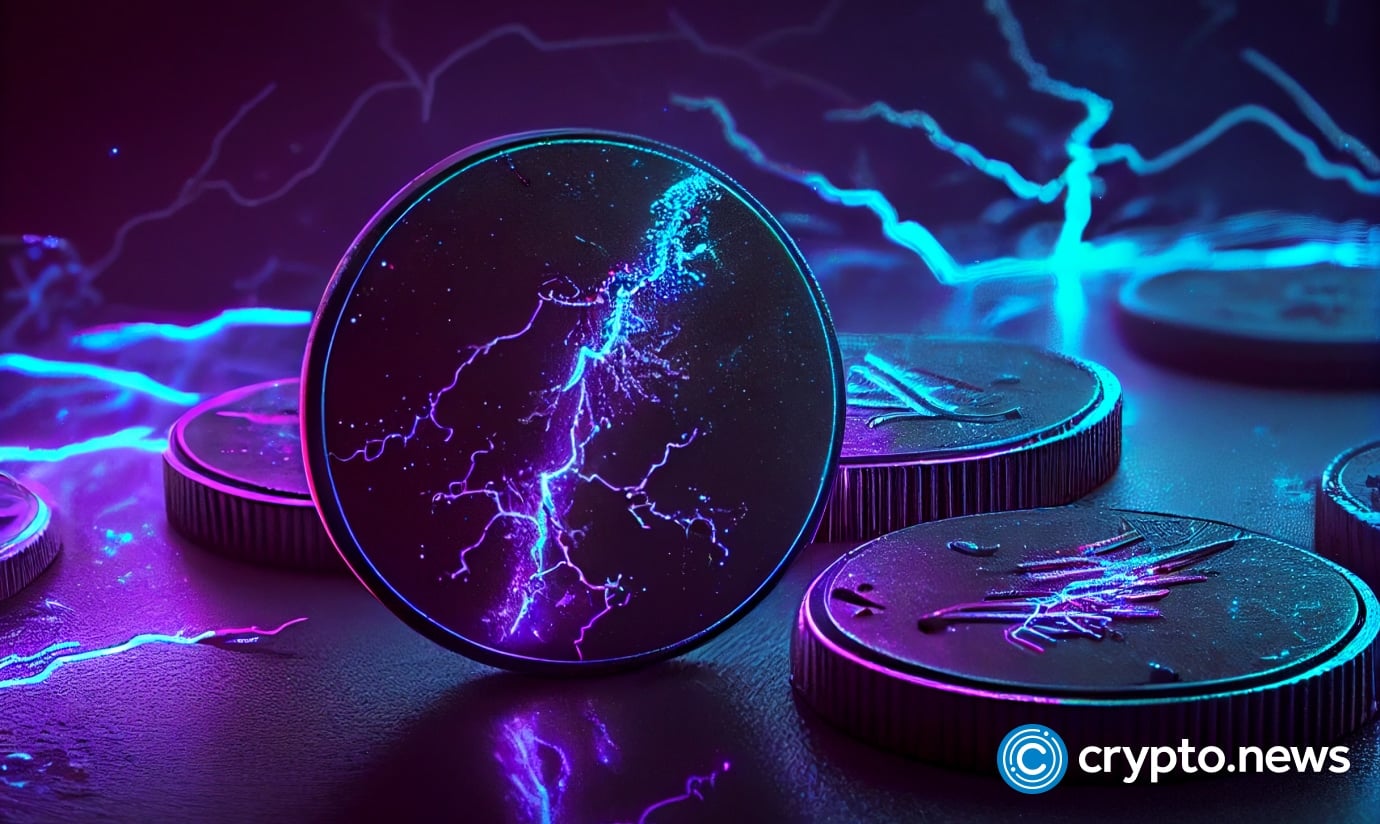3 Common Reasons Your Hair Is Shedding More Than Usual Right Now
Hairbrush looking fuller than usual? Read this.
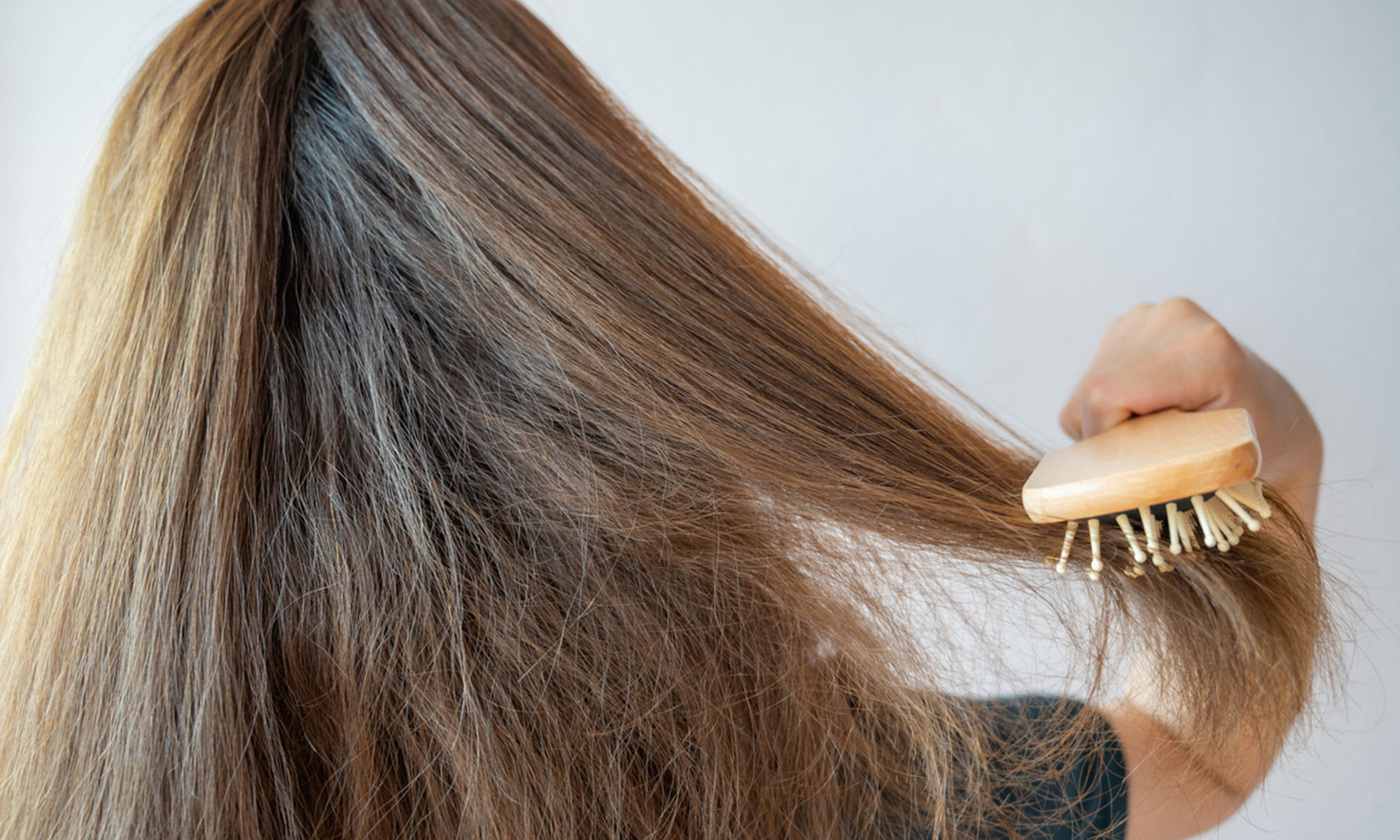
Advertisement
This ad is displayed using third party content and we do not control its accessibility features.

Beauty & Health Editor
Beauty & Health Editor
Hannah Frye is the Beauty & Health Editor at mindbodygreen. She has a B.S. in journalism and a minor in women’s, gender, and queer studies from California Polytechnic State University, San Luis Obispo. Hannah has written across lifestyle sections including beauty, women’s health, mental health, sustainability, social media trends, and more. She previously worked for Almost 30, a top-rated health and wellness podcast. In her current role, Hannah reports on the latest beauty trends and innovations, women’s health research, brain health news, and plenty more.
Image by Boyloso // iStock February 02, 2025 We carefully vet all products and services featured on mindbodygreen using our Our selections are never influenced by the commissions earned from our links. Technically, you shed hair every day—about 50 to 100 hairs on average, in fact. But if you've noticed more strands falling to the floor lately, you might be playing detective to find out what's causing the sudden uptick. Any increase in shedding can definitely spark some anxiety, so let us fill you in on a few (completely common) reasons you could be experiencing more hair loss lately and how to deal: Research on the topic indicates that most people shed more hair during the summer-to-fall transition period—however, this can certainly occur during any significant shift in weather. 2. If you recently switched your hormonal birth control method, increased hair shedding is to be expected. This won't happen for everyone, but changing levels of hormones can impact your hair follicles and thus result in more shedding and overall hair changes. On another note, hair loss often happens during menopause, which can start off as increased shedding. See, when someone enters menopause, their estrogen and progesterone levels start to vary and eventually decline. "Studies have shown that decreases in these two hormones contribute to hair loss because they play a role in hair growth and the duration of time that the hair stays in the growth or anagen phase," biomedical doctor, hair expert, and founder of hair care brand Alodia Isfahan Chambers-Harris, Ph.D., previously told mbg. To sum it all up: Hormonal shifts can lead to an uptick in hair shedding, so don't stress too much if you know your body is adjusting. That brings us to the final common culprit: stress. While many people think stress will make your hair fall out all on the same day, that's not the case. In fact, it can take up to six months to see hair shedding from stress. This makes it tricky to spot stress-induced hair shedding unless you know a significant stressful period or traumatic event occurred about six months ago. 
Hormonal shifts & menopause
How to deal
While the above triggers for increased hair shedding are completely common, it's still a good idea to tend to your scalp in the meantime. Below, three ways to do so:
The takeaway
You shed 50 to 100 hairs every day, but that number can go up during seasonal or hormonal shifts, or if you've gone through a period of high stress in the past six months or so. Not sure if it's simple shedding or actual hair loss? Scan this full guide for more clues.

 JimMin
JimMin 









